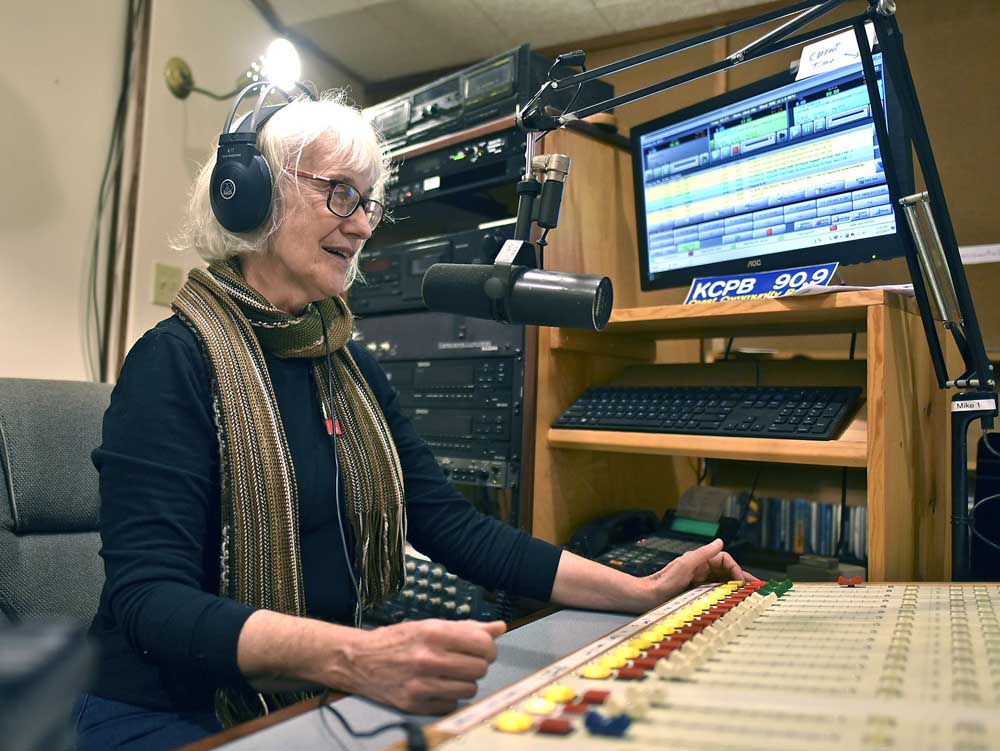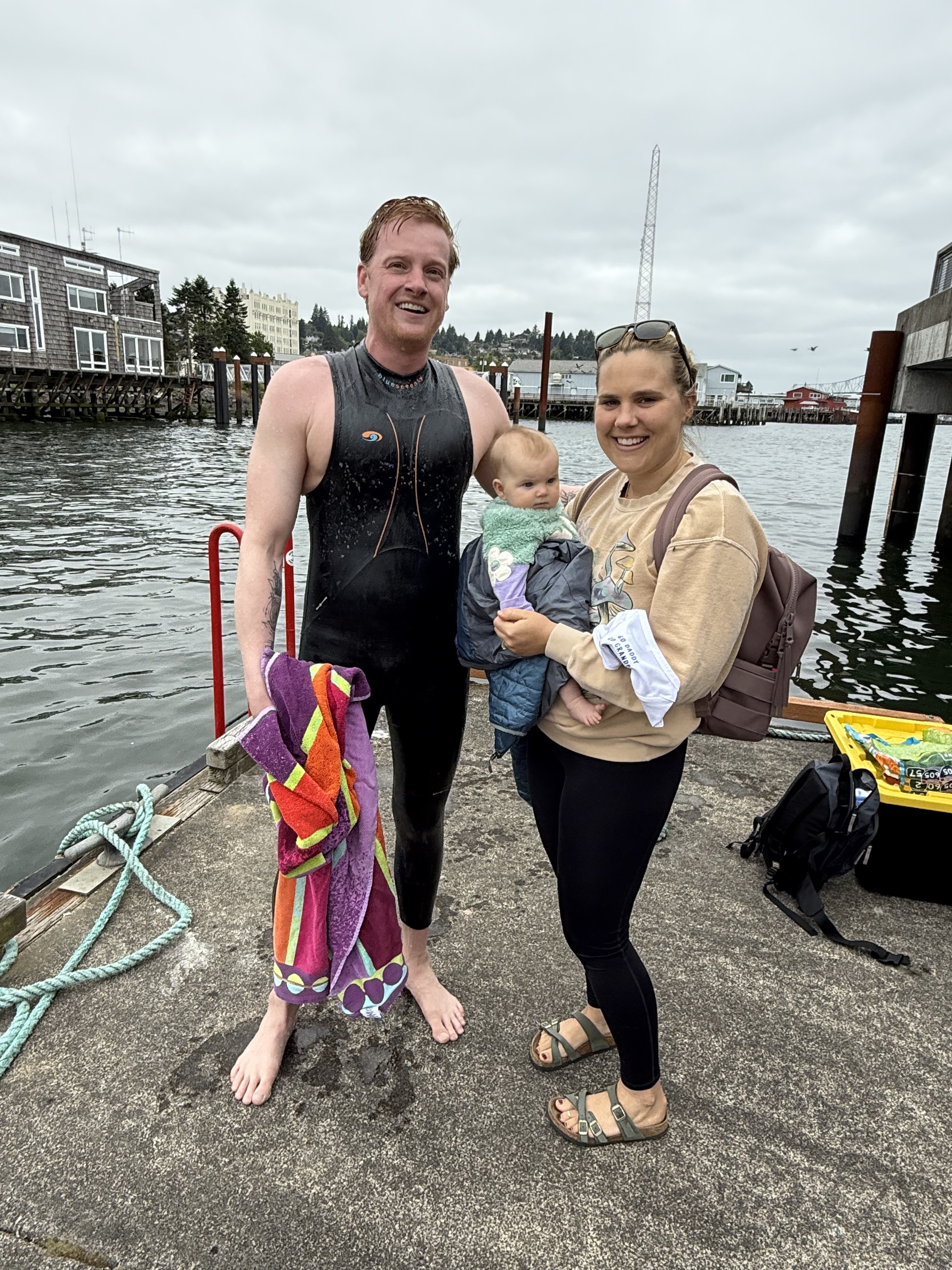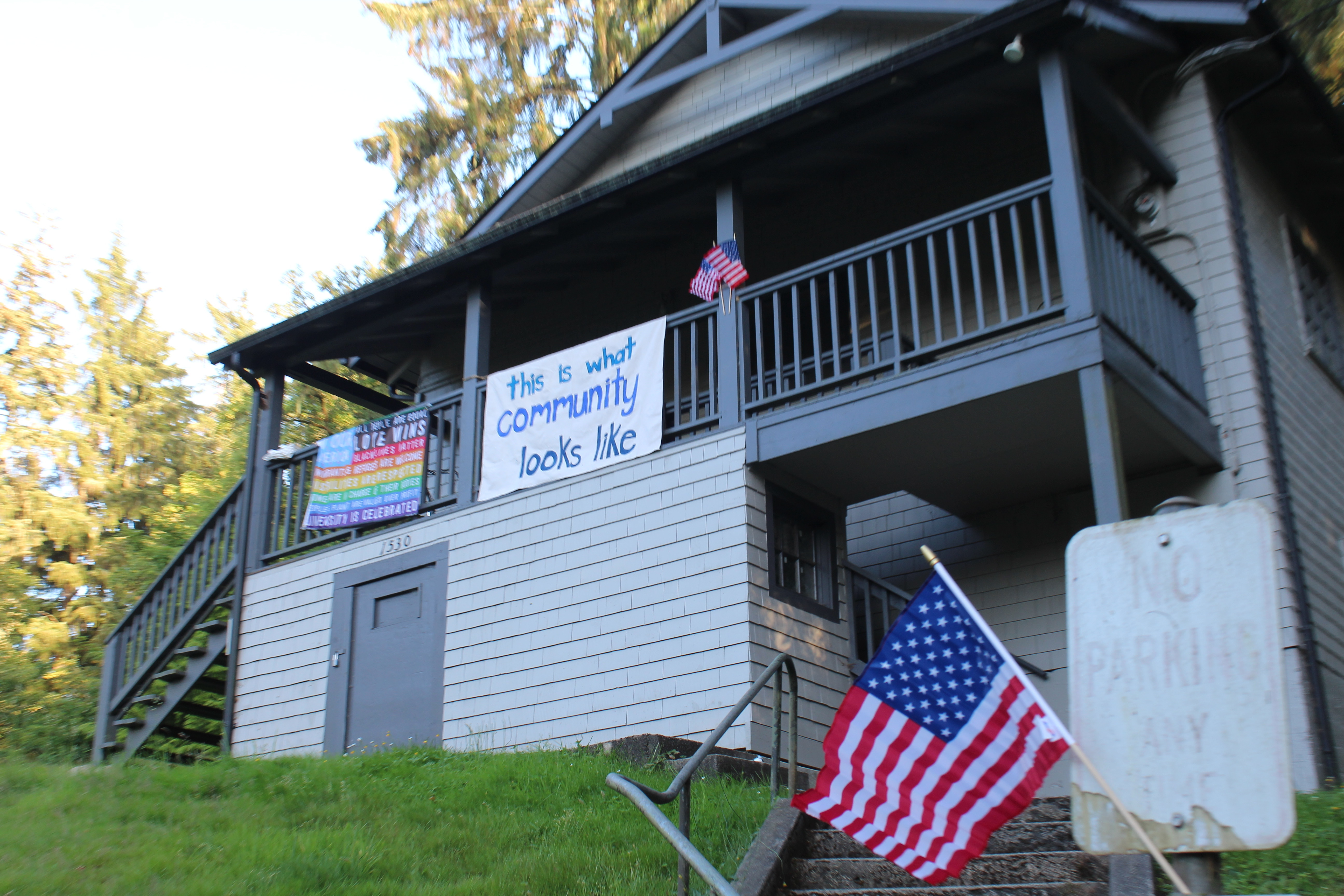Guest Column: An Astoria endometriosis story
Published 12:30 am Thursday, April 14, 2022

- Nikki Davidson is the new editor of Coast Weekend.
As a nurse wheeled my gurney through a busy hospital hallway, my eyes opened. It took a second to remember where I was when I heard the familiar voice of my husband at my side.
Trending
The first question to come from my lips was the same one that had raced through my mind hundreds of sleepless nights: “Did they find anything?”
It took me years of appointments and eight different doctors to finally get this diagnostic surgery. Despite my fear of needles and being sliced open, I counted down the days until the procedure like an elementary school kid waiting for the start of summer vacation. All I wanted was relief from my pain and to finally know why it was happening.
My pelvic issues crept in years ago and progressively got worse. Doctors told me they were normal, and I believed them until four years ago, when unexpected waves of pain made me question if I was dying.
Trending
I went to urgent care in tears. The physician assumed I had appendicitis and sent me to the emergency room in a wheelchair. It turned out my appendix was fine, but the medical team noticed signs of a disease called endometriosis in an ultrasound. I had never heard of it.
I Googled it when I got home. Endometriosis occurs when tissue similar to the inner lining of the uterus exists in a place where it shouldn’t be, often in the pelvic cavity. The misplaced tissue reacts to hormonal changes, which can cause severe pain, infertility and, in the worst cases, life-threatening disruptions to normal bodily functions.
According to the Endometriosis Foundation of America, the condition affects 10% of people born with female reproductive organs. However, it takes most people seven to 10 years to get a diagnosis and treatment from the start of symptoms. At the time, I felt extremely lucky that the doctors in my small Minnesota city had put this on my radar. I assumed I was on my way to feeling better. I was naive.
Three years later, I wasn’t any closer to getting pain relief. My husband is in the military, so we moved shortly after that ER visit. A doctor in my new city insisted on ruling out other causes of my symptoms. All tests came back normal, except for irregularities in four consecutive ultrasounds.
There was not much left to rule out when we moved to Astoria, so I assumed I could finally convince doctors it was time for diagnostic surgery. By this point, I was desperate. On any given day, I’d get a sudden pang of excruciating abdominal pain that would break me into a nauseous, cold sweat and render me unable to walk or think clearly for hours. Some aches never entirely went away, like an oversized hand that wouldn’t stop squeezing my abdomen.
Excision surgery is the gold standard of treatment for most endometriosis patients with severe pain that doesn’t respond to changes in diet or lifestyle. But when I met with doctors here, it was a medical showdown. A primary care doctor suggested I skip the diagnosis and get therapy to talk out my issues. The OB-GYN I visited discouraged surgery or even an MRI scan for further imaging. When I pressed her reasoning, she didn’t know what excision surgery was. When I insisted on a referral to an endometriosis specialist, she wasn’t familiar with anyone who did that work, so I was on my own to find someone.
Facebook saved the day. Thanks to the social media group “Nancy’s Nook,” created by a retired Pacific Northwest registered nurse; I discovered that there are eight endometriosis specialists in the Portland area. In comparison, several more populated states only have one, and some have zero.
I met with a specialist, who immediately suggested diagnostic surgery. So, “Did they find anything?” Yes.
I have stage III, deeply infiltrating endometriosis, an aggressive form of the condition. The irregularity that appeared on my ultrasounds was actually tissue that fused my organs together and contorted them out of anatomical place. Luckily, my doctor could excise all of my lesions and adhesions and put me back together in a three-hour surgery. The ache that never left is finally quiet, and I finally have hope for a better quality of life.
I kept my struggle private for a long time, but I hope my story might be read by another woman in Astoria who has endometriosis and may not realize they may have a treatable condition that their doctor doesn’t mention.
I urge Astoria doctors who treat female gynecological issues to take endometriosis seriously. Some patients need more than therapy to live with this debilitating condition. Believe women who insist something is wrong with their body. They should get familiar with the wealth of experts who are just a two-hour drive away so they can suggest referrals to experts. Shorten the time it takes for patients to get a diagnosis.
There is no cure for endometriosis yet, but there can be hope for better days. The women of Astoria deserve it.









